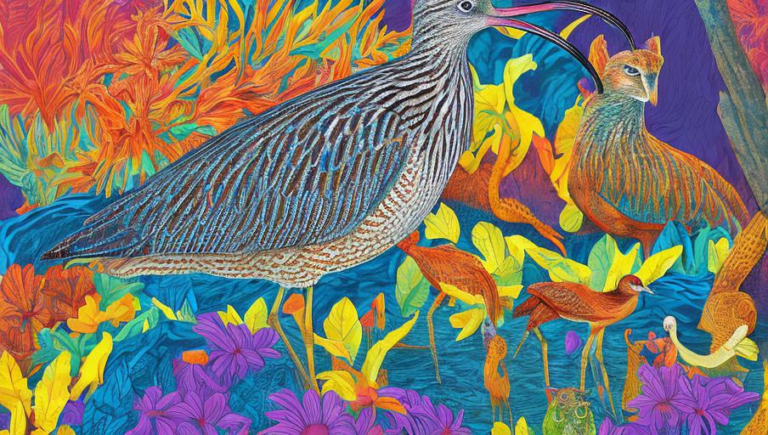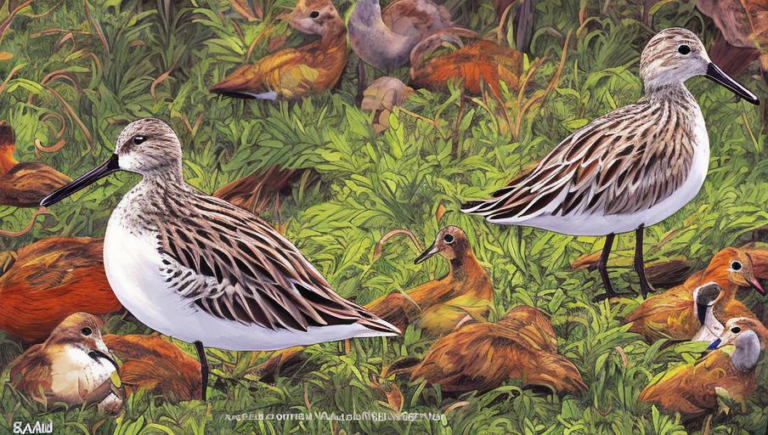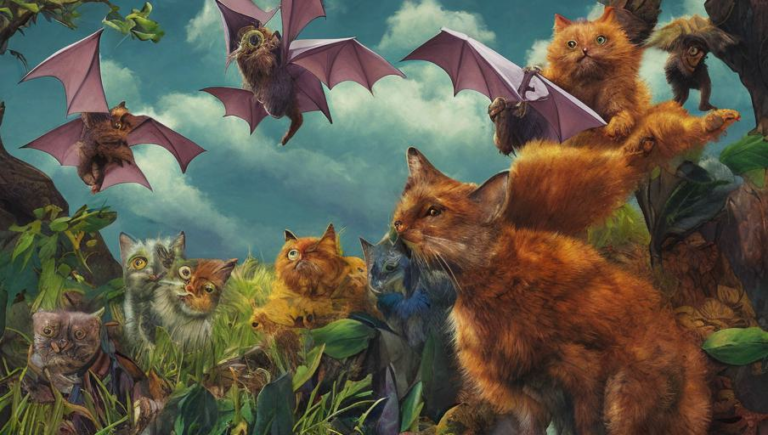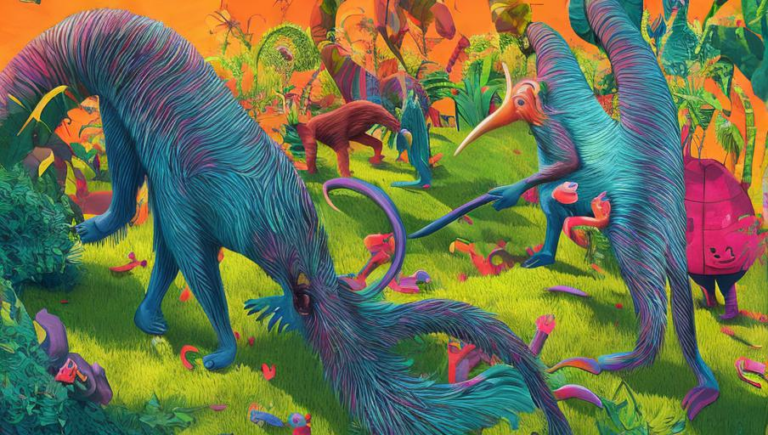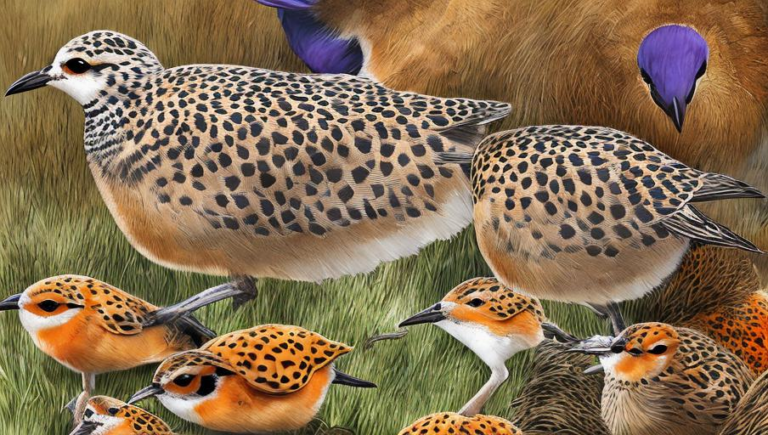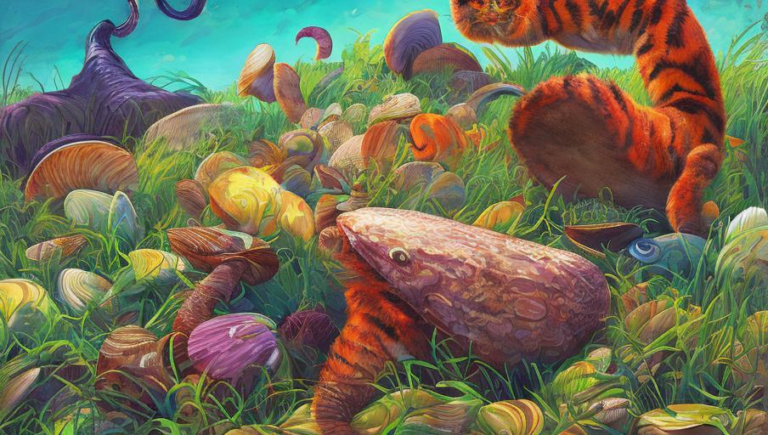Understanding the Role of Dragonflies in Nature
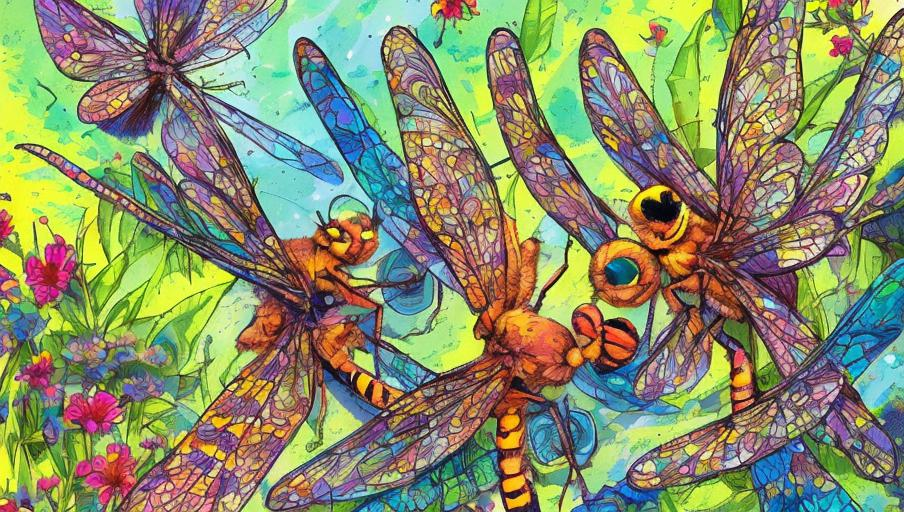
What are Dragonflies?
Dragonflies are a type of insect found in many parts of the world. They have four large wings and can reach speeds of up to 30 miles per hour. Dragonflies come in a variety of colors that range from bright blues and greens to dull browns and reds. They have a lifespan of anywhere from a few weeks to several months in the wild.
What Do Dragonflies Eat?
Dragonflies are carnivorous and are mainly known for eating smaller insects, such as mosquitoes and midges. They can also consume flying ants and other small invertebrates. Dragonflies are also known to eat smaller fish, such as minnows, that they find near the surface of the water.
Why are Dragonflies Important?
Dragonflies are incredibly important for the overall health of the environment. They help to control the population of certain insects, such as mosquitoes, which can cause health problems for humans. Dragonflies also help to pollinate flowers and other plants, which helps to maintain a balanced ecosystem. They are also a food source for larger animals, such as birds and fish.
How Can We Protect Dragonflies?
The best way to protect dragonflies is to conserve the habitats that they live in. Dragonflies need clean water and open spaces in order to survive. It is important to reduce pollution in water sources and to limit human development near areas where dragonflies live. Additionally, it is important to avoid the use of pesticides, as they can have a negative impact on dragonfly populations.
Conclusion
Dragonflies are an important part of the environment and play a major role in keeping our ecosystems balanced. It is important to take steps to protect their habitats so that they can continue to thrive. Conserving the habitats that dragonflies live in is the best way to ensure their survival.
